Log in or create a free Rosenverse account to watch this video.
Log in Create free account100s of community videos are available to free members. Conference talks are generally available to Gold members.
This video is featured in the Climate UX Case Studies playlist.
Summary
Watch this special case-study webinar with Tim Frick of Mightybytes, where we’ll explore the journey of building a sustainable design practice. Tim shares how sustainability became a core part of Mightybytes’ work, the wins and challenges along the way, and how the definition of sustainability continues to evolve. Discover why “green” design is not necessarily the more costly option but an opportunity, and learn actionable strategies—including tools like Ecograder and the WC3 guidelines—to integrate sustainability into your own design practice. Whether you're just getting started or looking to deepen your approach, this session provides insights and first steps to move forward.
Key Insights
-
•
Becoming a certified B Corp in 2011 was a turning point that forced Mighty Bytes to completely redesign their business around sustainability.
-
•
Sustainability in digital design includes environmental, social, and economic dimensions, not just ecological impact.
-
•
Early sustainability efforts like green office certifications only address surface-level sustainability.
-
•
Client education is critical because many initially believe digital solutions are inherently green and worry about extra costs.
-
•
Impact business models embed sustainability directly into how business generates value and revenue, not just peripheral initiatives.
-
•
Sustainability and accessibility are intertwined, and Mighty Bytes draws firm boundaries on accessibility as a non-negotiable.
-
•
Eco Grader was created to provide an easy, data-driven way to assess a website’s digital sustainability and help guide improvement over time.
-
•
The modular design of Eco Grader allows it to adapt to evolving sustainability standards and integrate new metrics.
-
•
Policy advocacy is increasingly recognized as a foundational part of corporate sustainability, with new B Corp standards requiring it.
-
•
Sustaining a business transformation toward sustainability requires continuous improvement, resilience through setbacks, strong storytelling, and growing a community of like-minded practitioners.
Notable Quotes
"Becoming a B Corp really made us redesign everything about the business."
"Sustainability isn’t just about emissions or ecological destruction; it includes social and economic dimensions."
"Most clients initially thought the web was a greener medium because it replaced paper, and they had no idea about digital sustainability."
"Education and awareness had to be core parts of what we were doing in this shift."
"We almost lost the company when I was writing Designing for Sustainability."
"Accessibility is a line in the sand for us; if you don’t want an accessible website, maybe don’t hire us."
"Eco Grader helps people understand where they can improve their website’s sustainability using real metrics."
"The new B Corp standards require companies to do policy advocacy, end of story."
"Sustainability and accessibility often go hand in hand, not in conflict."
"Finding others within your organization who share your sustainability passion is the way to build momentum."
Or choose a question:
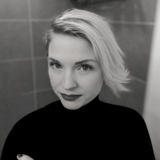
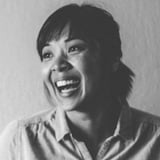


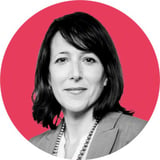





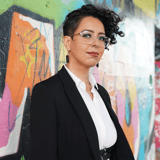
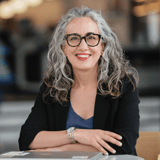




More Videos

"Our shift is structural, not because of personalities — it was needed to influence earlier, more business-centric decisions."
Nalini KotamrajuResearch After UX
March 25, 2024

"Society grows great when old people plant trees they know they shall never sit in."
Dean BroadleyNot Black Enough to be White
January 8, 2024

"When we start changing our behavior, we start changing the voices and behavior around us."
Denise Jacobs Nancy Douyon Renee Reid Lisa WelchmanInteractive Keynote: Social Change by Design
January 8, 2024

"What does ‘best work’ mean? It’s different for everyone, so our solutions have to be flexible and meaningful."
Kim Fellman CohenMeasuring the Designer Experience
October 23, 2019

"Power is the ability to change another person’s reality."
George AyeThat Quiet Little Voice: When Design and Ethics Collide
November 16, 2022

"A design system is done not when the style guide is launched, but when it positively impacts customer experience."
Nathan CurtisBeyond the Toolkit: Spreading a System Across People & Products
June 9, 2016

"We want our culture to be about the outcome, not about who owns what or who’s doing what on a piece of work."
Greg PetroffThe Compass Mission
March 10, 2021

"Digital connectivity is necessary for participation in society, but half the world lacks internet access."
Chloe Amos-EdkinsA Cultural Approach: Research in the Context of Glocalisation
March 27, 2023

"User journeys are the bedrock for deciding which data to collect and measure."
Mackenzie Cockram Sara Branco Cunha Ian FranklinIntegrating Qualitative and Quantitative Research from Discovery to Live
December 16, 2022
Latest Books All books
Dig deeper with the Rosenbot
What are practical strategies for embedding inclusive design early in product and service workflows?
What mindset shifts are needed to work effectively with complexity instead of trying to simplify or control it?
How do newsrooms identify and measure meaningful signals that show they are meeting audience information needs?
















